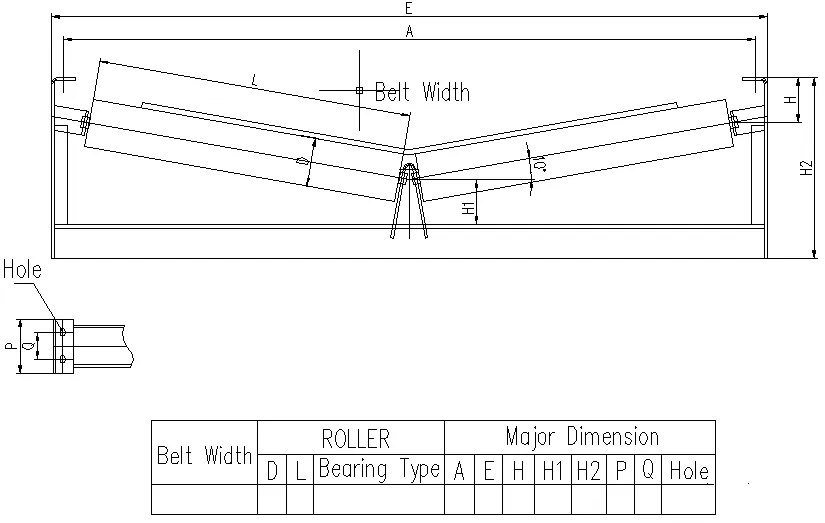 Afrikaans
Afrikaans  Albanian
Albanian  Amharic
Amharic  Arabic
Arabic  Armenian
Armenian  Azerbaijani
Azerbaijani  Basque
Basque  Belarusian
Belarusian  Bengali
Bengali  Bosnian
Bosnian  Bulgarian
Bulgarian  Catalan
Catalan  Cebuano
Cebuano  Corsican
Corsican  Croatian
Croatian  Czech
Czech  Danish
Danish  Dutch
Dutch  English
English  Esperanto
Esperanto  Estonian
Estonian  Finnish
Finnish  French
French  Frisian
Frisian  Galician
Galician  Georgian
Georgian  German
German  Greek
Greek  Gujarati
Gujarati  Haitian Creole
Haitian Creole  hausa
hausa  hawaiian
hawaiian  Hebrew
Hebrew  Hindi
Hindi  Miao
Miao  Hungarian
Hungarian  Icelandic
Icelandic  igbo
igbo  Indonesian
Indonesian  irish
irish  Italian
Italian  Japanese
Japanese  Javanese
Javanese  Kannada
Kannada  kazakh
kazakh  Khmer
Khmer  Rwandese
Rwandese  Korean
Korean  Kurdish
Kurdish  Kyrgyz
Kyrgyz  Lao
Lao  Latin
Latin  Latvian
Latvian  Lithuanian
Lithuanian  Luxembourgish
Luxembourgish  Macedonian
Macedonian  Malgashi
Malgashi  Malay
Malay  Malayalam
Malayalam  Maltese
Maltese  Maori
Maori  Marathi
Marathi  Mongolian
Mongolian  Myanmar
Myanmar  Nepali
Nepali  Norwegian
Norwegian  Norwegian
Norwegian  Occitan
Occitan  Pashto
Pashto  Persian
Persian  Polish
Polish  Portuguese
Portuguese  Punjabi
Punjabi  Romanian
Romanian  Russian
Russian  Samoan
Samoan  Scottish Gaelic
Scottish Gaelic  Serbian
Serbian  Sesotho
Sesotho  Shona
Shona  Sindhi
Sindhi  Sinhala
Sinhala  Slovak
Slovak  Slovenian
Slovenian  Somali
Somali  Spanish
Spanish  Sundanese
Sundanese  Swahili
Swahili  Swedish
Swedish  Tagalog
Tagalog  Tajik
Tajik  Tamil
Tamil  Tatar
Tatar  Telugu
Telugu  Thai
Thai  Turkish
Turkish  Turkmen
Turkmen  Ukrainian
Ukrainian  Urdu
Urdu  Uighur
Uighur  Uzbek
Uzbek  Vietnamese
Vietnamese  Welsh
Welsh  Bantu
Bantu  Yiddish
Yiddish  Yoruba
Yoruba  Zulu
Zulu Enhancing Drum Pulley Performance with Effective Lagging Solutions for Improved Traction and Durability
The Importance of Drum Pulley Lagging in Conveyor Systems
In the world of industrial operations, conveyor systems play a crucial role in material handling, ensuring efficiency and productivity across various sectors. One of the critical components of these systems is the drum pulley, which is essential for maintaining the function and durability of the conveyor. To enhance the performance and longevity of drum pulleys, lagging is employed as an essential feature in conveyor design and maintenance.
Lagging refers to the layer of material applied to the surface of a drum pulley. This protective covering serves multiple purposes, including improving friction, providing wear resistance, and facilitating better material handling. A properly lagged drum pulley can drastically increase the conveyor's overall efficiency by ensuring a reliable grip on the conveyor belt, thereby reducing slippage, increasing traction, and improving the transfer of materials. The choice of lagging material and design plays a vital role in optimizing these benefits.
Types of Lagging Materials
There are several types of lagging materials available, each designed to meet specific needs based on the application and environmental conditions. Common materials include rubber, ceramic, and polyurethane.
1. Rubber Lagging This is one of the most widely used types due to its excellent grip properties and resistance to wear. Rubber lagging can also absorb vibrations, reducing wear and tear on the pulley and connected equipment.
2. Ceramic Lagging For applications involving heavy loads and high-speed operations, ceramic lagging can be an effective choice. The ceramic tiles enhance traction significantly and are particularly useful in mitigating slippage in wet or oily conditions.
3. Polyurethane Lagging Known for its durability and resistance to abrasion, polyurethane is an excellent option for environments that require heavy usage yet need to minimize maintenance. This material also offers good resistance to chemicals and impacts.
drum pulley lagging

Benefits of Drum Pulley Lagging
The benefits of drum pulley lagging extend beyond improving grip. A well-designed lagging system significantly contributes to the longevity of the conveyor belt and machinery involved. Here are some key advantages
- Increased Lifespan By reducing wear on the drum pulley and associated components, lagging can extend the operational life of both the pulley and the conveyor belt. This reduction in wear translates to lower maintenance costs and less frequent replacements.
- Improved Efficiency Enhanced grip means that materials are transported more effectively, leading to faster operations and increased productivity. This is particularly important in sectors where time is critical.
- Safety Enhancements By preventing slippage and ensuring a firm grip, lagged drum pulleys can also contribute to a safer working environment. Minimizing the risk of material spills or accidents is an essential aspect of industrial operations.
- Custom Solutions Lagging can be tailored to specific applications, allowing companies to choose the materials and designs that best fit their operational demands.
Conclusion
In conclusion, drum pulley lagging is an indispensable component of conveyor systems, playing a crucial role in enhancing performance and durability. Whether it's rubber, ceramic, or polyurethane, the choice of lagging material should be made based on the specific needs of the application and environmental conditions to maximize benefits. With proper lagging, industries can significantly improve their material handling processes, ensuring efficient, safe, and reliable operations that stand the test of time. As technology and materials continue to evolve, staying informed about the best practices in pulley lagging will remain essential for maintaining competitive advantage in industrial processes.





























